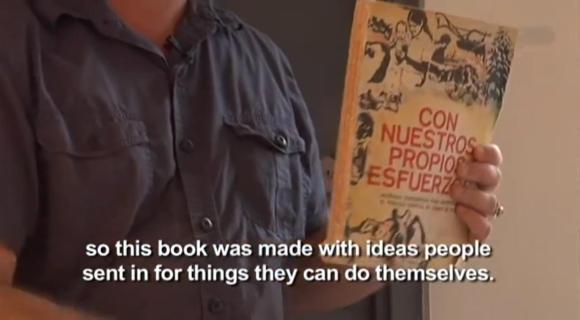
After the U.S. left Cuba back in the 60’s, most of the engineers went with them, so [Fidel Castro] told the citizens to learn how to make stuff themselves. They were called the National Association of Innovators and Rationalizers (ANIR), and that’s exactly what they did. This was the beginning of Cuba’s backyard innovation.
Fastforward a few decades and the 90’s were a very difficult time for Cuba. With the collapse of the Soviet Union in 1991, a severe economic downturn almost crippled the country, and as a result a Cuban DIY culture began to flourish even more — out of absolute necessity. No money, no imports, only what they already had. Making and fixing things became a part of life, you couldn’t just go out and buy a solution to your problem, you had to do it yourself. This might be one of the greatest examples of what a full-flung maker/DIY society would be like — well, maybe minus the communist part.
The excellent video after the break is a short story about the designer [Ernesto Oroza], who started collecting examples of this DIY culture under his art project aptly called, Technological Disobedience. It’s worth the watch, so take a look.










